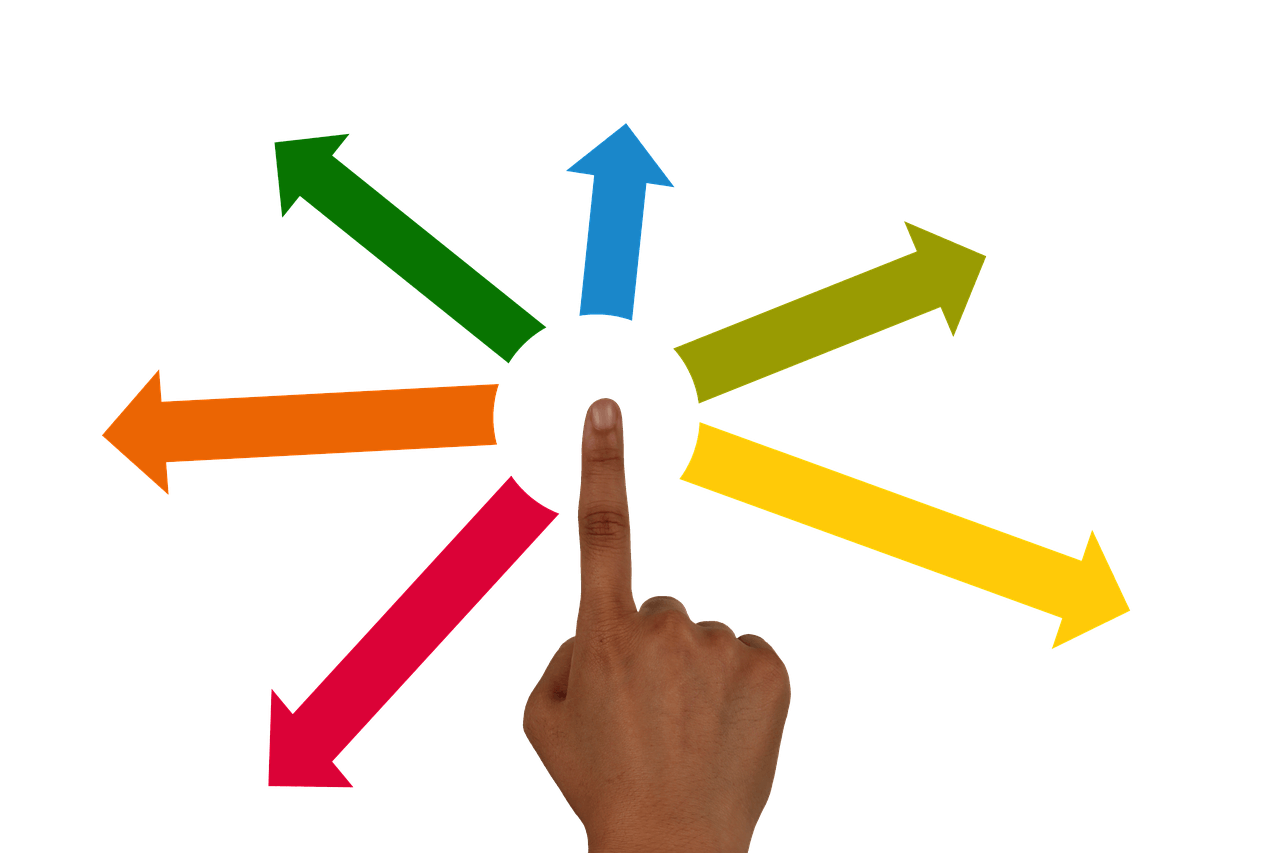Editor’s Note: This post, Why Every B2B Company Needs a Content Distribution Strategy, is by Jonathan Crowl. Jonathan pitched the idea to us in the nDash platform. If you’re interested in learning more about Jonathan (or want to get him to create content for your brand), check out his nDash profile.
****
Years ago, it was possible to create content that might generate some modest, relevant traffic through its strong SEO alone. But the Internet is simply too crowded with content today for brands to get visibility purely through Google. Page ranks are competitive. And brands of all shapes and sizes have opened up their wallets to gain an advantage over the rest of the market.
If you’re publishing content to your company site and hoping it will pay for itself, guess again. Content almost never generates a positive ROI on its own. To get the value, you need to justify a content marketing budget; you have to support your published assets with a distribution strategy designed to reach a targeted audience.
Distribution may be an added expense, but it’s the only way your content creation will earn revenues that exceed its costs. And the process of preparing that distribution strategy will help your sales and marketing team gain better knowledge about the customers your company serves.
Don’t Publish Until You Know Your Audience
Effective content distribution can’t come until you have a clear understanding of your target audience.
According to Smart Insights, content marketing’s value can be raised by taking the time to develop buyer personas. Even when you’re selling to B2B customers, your marketing is still targeting individual people. The more you know about these customers, the better you’ll be able to connect with them through content.
In developing these buyer personas, consider what the typical buyer looks like, what they want, and how they find your company. Build background on the common experiences that lead them to seek out your company: If you’re a CRM tool, for example, perhaps they’ve grown their client base to the point where their present customer management system can’t scale up to meet increasing demands.
Consider the decisions and stages these buyers will reach on their way to discovering your brand and, ultimately, becoming a customer. This not only helps you create content specific to these stages of the funnel, but it helps you know when and how to distribute your content to reach them at that moment.
This research will come in handy later when you’re developing social media retargeting and paid search campaigns designed to reach specific buyers at certain stages in their path to purchase.
Distributing Your Content
Once you know your audience, and before you begin creating your content en masse, you can build a distribution strategy for how your content will reach the right consumers.
In most cases, this distribution needs to happen across several channels, mixing free, organic channels with strategically chosen paid alternatives. Diversity of distribution is especially crucial when you’re just starting out because you don’t have any data on which channels will be most successful in driving ROI. Even if you suspect certain channels will outperform others, you have to test each option so that your results back up your hypothesis.
Common free channels include your company email list, social media, and whatever you’re able to squeeze from your SEO. Many of these organic traffic channels will offer more value over time as you build up your body of content and your reputation among prospective clients.
These organic options need to be balanced with carefully chosen paid content. Seek out channels where you’ll get the best bang for your buck. For example, paid search can be a high-value channel. Its cost may exceed what smaller organizations can afford to spend. That is unless you can identify some high-relevance, low-cost keywords to target.
Paid social ads can be more cost-effective as long as you know how to target prospective buyers through these channels. And don’t overlook retargeting campaigns to target past visitors to your site and display advertising through publishers whose readership includes some of your top targets.
Most business leaders understand that content is a cornerstone of their digital sales and marketing. But it’s time to accept that distribution is a cornerstone of successful content. Make your content budget pay for itself by creating a plan that guarantees an audience for your published work.
